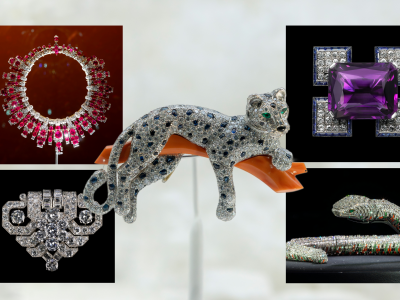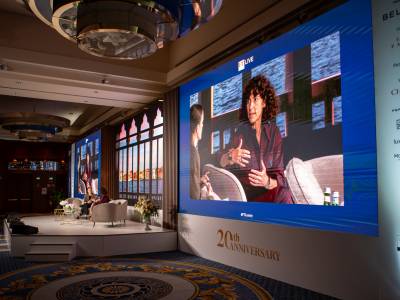When Vania Leles opened a Bond Street jewellery salon nearly a decade ago — the first African woman to do so — she aimed to showcase the wonderful gems of her homeland. As a trained gemmologist who had worked for major firms including De Beers and Graff she knew the business well, even though she was neither a designer nor a craftswoman. “I knew how it worked and I had made the contacts,” she says. “I could find stones, designers and jewellers of the right calibre.” Few gave her much chance of success yet she is thriving, her collections growing in quality and confidence each year.
Solange Azagury-Partridge, a judge on BBC Two’s “All That Glitters” jewellery-making show, has had an even starrier trajectory, although her career started as a hobby. “I worked with costume jewellery and then a dealer in 20th-century jewellery, which developed my eye and knowledge,” she says. “Finding makers was a challenge 30 years ago, with no internet, and I started with seven pieces in silver-gilt and uncut gems, which I sold to family and friends to fund more.” Opening her first shop took seven years but she then became creative director at Boucheron, where she designed pieces featuring myriad stones of one gem colour, and set a future-facing tone for the house which is still evident. She is known, as she says, “for fine jewellery with a less serious aesthetic, which appeals to a new generation.”
Both women are pioneers in an area once reserved for historic houses, and praise the young women now entering the independent high jewellery world. Modern communications have made this easier to access, yet it is still no walk in the park. “Things happen much more quickly now because of marketing tools, Instagram and the explosion of interest in jewellery,” says Azagury-Partridge. “But one needs staying power and a vocational outlook.”










